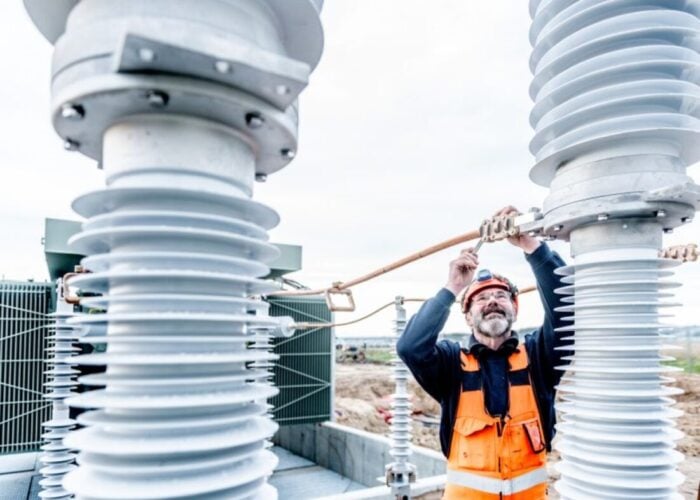Construction of a 2.3MW solar PV system which floats on water has been finished in Japan, the third such plant to be built by a Kyocera-backed joint venture (JV) and the biggest completed to date.
The integrated PV division of Japanese ceramics and high tech manufacturing firm Kyocera formed a JV with equipment hire and financing specialist Century Tokyo Leasing some time ago, with plans to rapidly develop several dozen megawatts of PV plants. With Japan’s well-publicised issues over available land for utility-scale solar projects, the JV, Kyocera TCL Solar, has turned to the water for some of its projects. Other repurposed land projects in Japan have been developed on disused golf courses and former landfill sites.
Unlock unlimited access for 12 whole months of distinctive global analysis
Photovoltaics International is now included.
- Regular insight and analysis of the industry’s biggest developments
- In-depth interviews with the industry’s leading figures
- Unlimited digital access to the PV Tech Power journal catalogue
- Unlimited digital access to the Photovoltaics International journal catalogue
- Access to more than 1,000 technical papers
- Discounts on Solar Media’s portfolio of events, in-person and virtual
The JV completed two other floating plants totalling 2.9MW of capacity between them in April, also in Hyogo prefecture in the south-west of Japan’s main island, Honshu, where the newest plant is also located, on a reservoir. Part of an ongoing plan that saw the JV targeting the development of 60MW of floating solar in the last financial year, all three plants built so far will soon be dwarfed by other floating projects under development, including a 13.4MW facility at a dam reservoir in Chiba prefecture, scheduled for completion in March 2016.
Apart from freeing up space to host the projects, putting plants on linked, floating structures has been claimed to increase efficiency by keeping PV panels cool. The Kyocera TCL Solar JV has been supplied for previous projects with floating structures by French company Ciel et Terre which specialises in the interlinking technology.
Kyocera also claims the recyclable structures can withstand “extreme physical stress” including typhoons, while stating that the shading provided by the PV plant prevents some water evaporation and algae growth.
The plant uses 9,072 of Kyocera’s 255w modules, generating 2,680MWh a year of electricity, according to estimates by the JV. The plant is expected to be switched on next month. This week Kyocera also announced that it will build a 92MW plant in Kagoshima, on the southern island of Kyushu with partners including Century Tokyo Leasing. Kagoshima is also the site of an already-completed 80MW Kyocera plant.
Other regions have also begun installing floating PV, including a project by SolarPark Korea in South Korea, which is the first floating plant to use a tracking and rotation system, while in the US developer SPI is also looking to build over 50MW of floating solar systems in states including California, Texas and Arizona.







